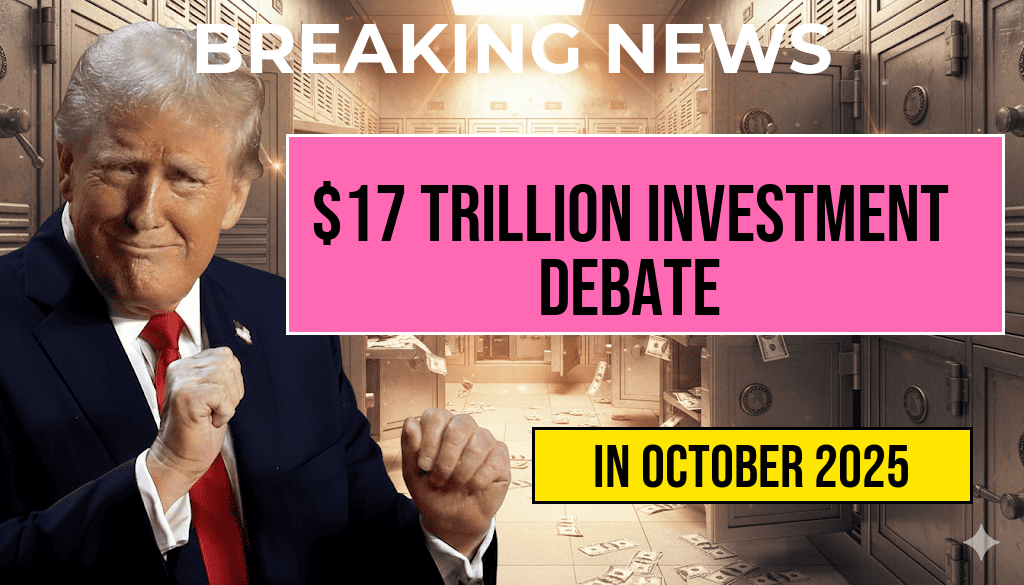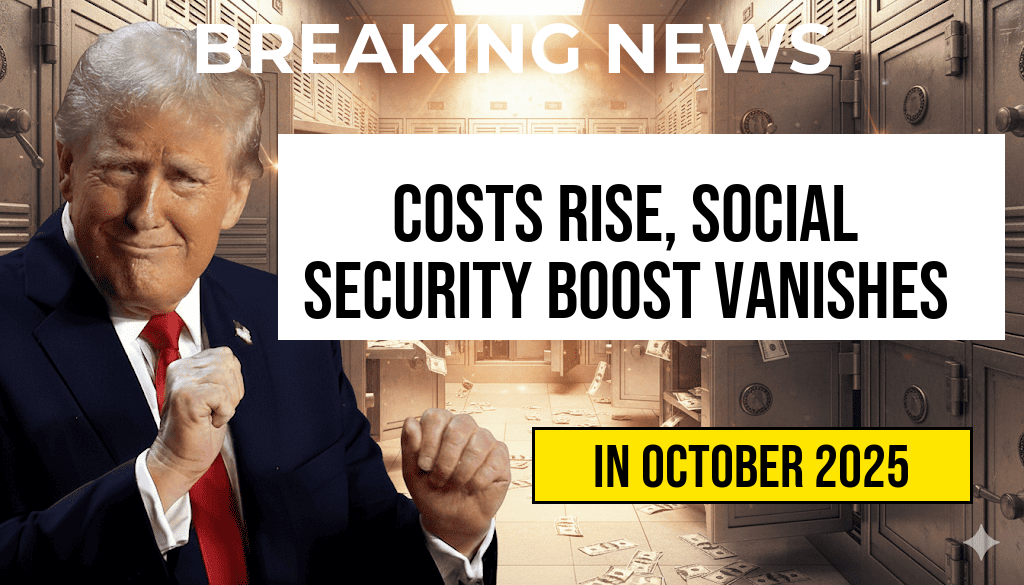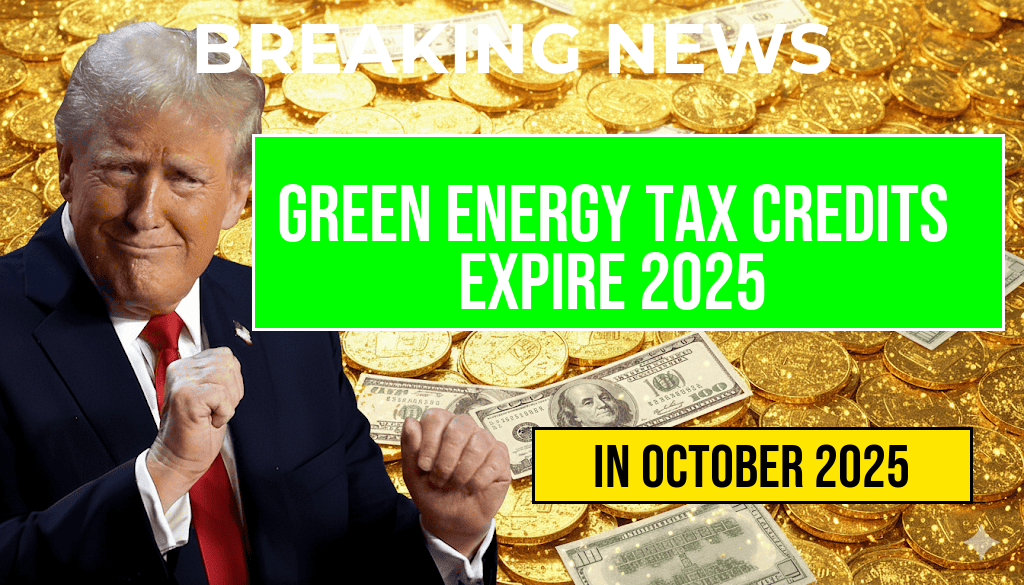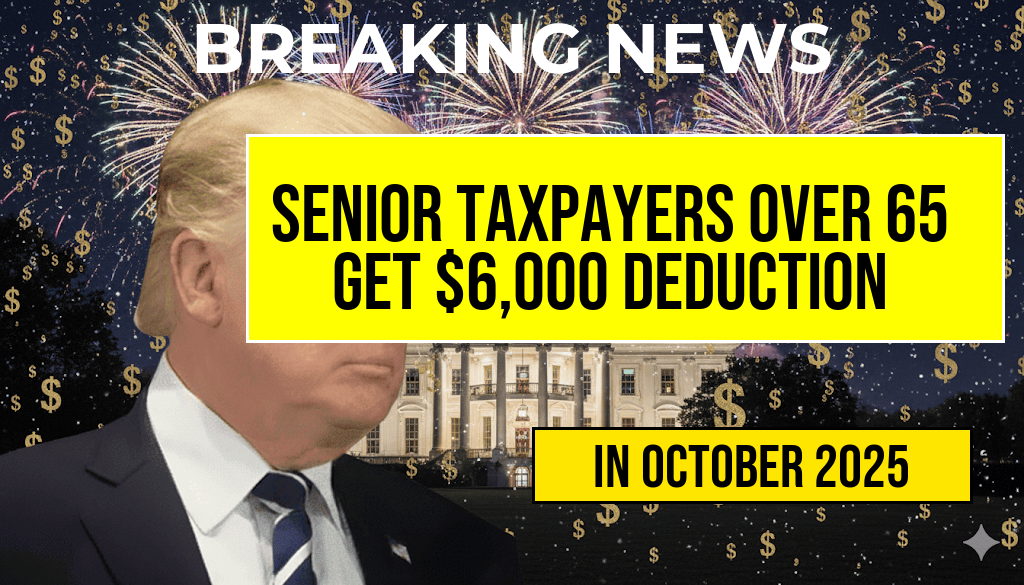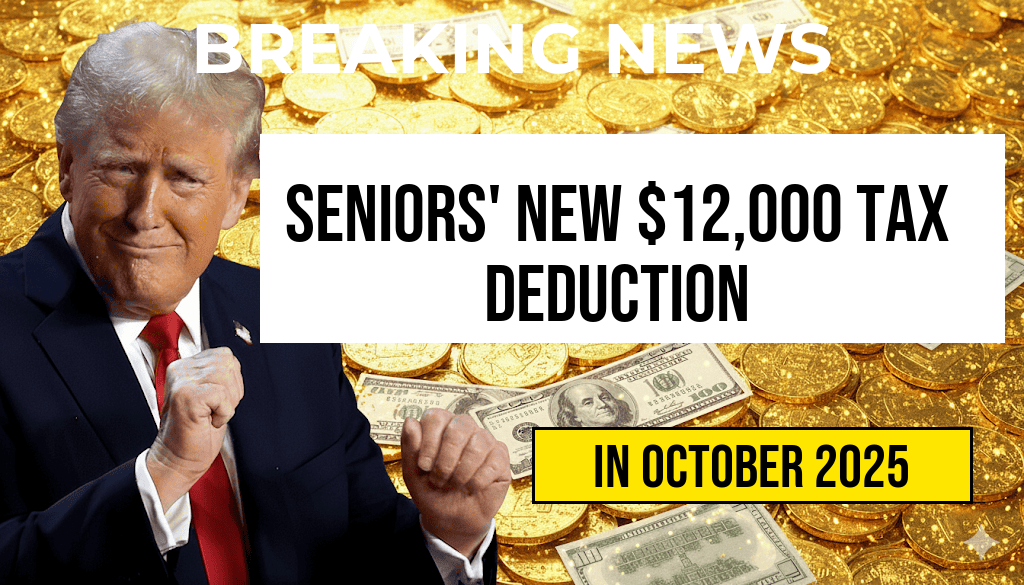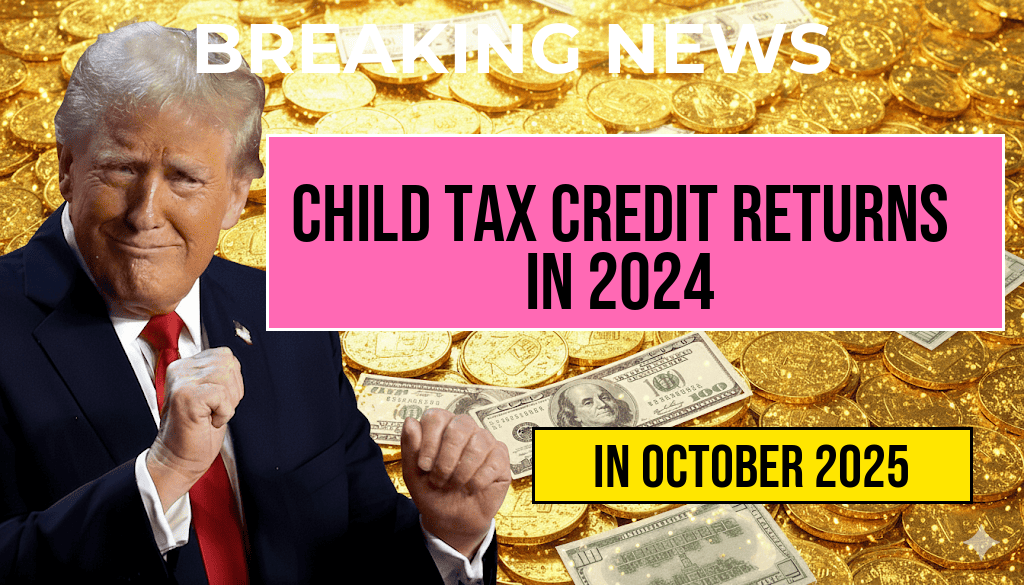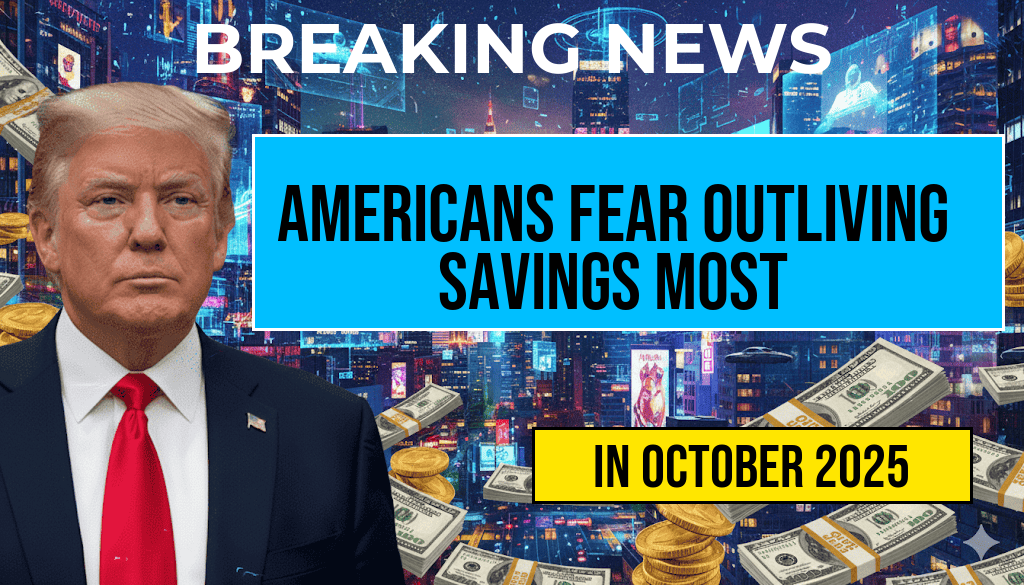Recent reports suggest that former President Donald Trump has committed to a **massive global investment plan** estimated at around $17 trillion. The figures, if accurate, would represent one of the most significant private sector commitments in recent economic history, sparking intense debate among economists, policymakers, and financial analysts. While some see this as a potential catalyst for economic growth and international development, others question the veracity and feasibility of such claims, citing a lack of transparency and the extraordinary scale of the proposed investments. The controversy underscores broader discussions about the influence of high-net-worth individuals in global markets and the challenges of verifying large-scale financial commitments in the absence of detailed disclosures.
Dissecting the Reported Figures
Origins and Credibility
The $17 trillion figure first emerged from anonymous sources close to Trump’s financial advisors, who described it as a comprehensive outline of potential investments spanning sectors like real estate, technology, infrastructure, and renewable energy across multiple continents. However, skeptics question whether these figures are based on concrete plans or are more aspirational in nature.
Financial analysts point out that such large-scale investments are typically broken down into phased commitments with clear timelines and funding sources. The lack of specific details, such as investment vehicles or partner entities, fuels doubts about how much of this figure is actionable versus speculative.
Comparison to Historical Investments
| Investment Type | Historical Benchmark | Reported Trump Investment |
|---|---|---|
| Global Infrastructure | $2.6 trillion (2016, World Bank) | $5 trillion (claimed) |
| Private Equity and Venture Capital | $4.4 trillion (2019) | Approximately $10 trillion |
| Renewable Energy Projects | $1.4 trillion (2022) | $3 trillion |
These comparisons suggest that if the figures are accurate, Trump’s reported investments would dwarf many existing benchmarks, prompting questions about their practicality and sources of funding.
Economic Experts React
Supporters Argue for Market Confidence
Proponents highlight that such commitments could inject much-needed capital into underfunded sectors worldwide, potentially accelerating economic recovery and job creation. They point to Trump’s history of aggressive investment strategies and believe that a clear plan could mobilize private capital and stimulate investor confidence.
Critics Raise Red Flags
Many economists caution against taking the figures at face value. Dr. Lisa Chen, an economist at Harvard University, notes, “Without transparency or concrete documentation, these numbers risk being exaggerated or politically motivated. Large investments require detailed planning and transparent funding sources, which have not been publicly disclosed.”
Furthermore, some analysts warn that such ambitious figures may distract from more immediate economic challenges, like inflation, supply chain disruptions, and geopolitical tensions.
Potential Impact on Global Markets
If even a fraction of the reported investments materialize, they could reshape multiple industries. Markets are closely watching for signs of actual commitments, as such large inflows could influence stock prices, bond yields, and currency valuations.
For example, investments in renewable energy might bolster clean-tech stocks, while infrastructure projects could benefit construction and engineering firms. Conversely, skepticism surrounding the figures may lead to volatility if investors interpret the claims as overhyped or unrealistic.
Legal and Political Implications
The debate also raises questions about transparency and accountability. Lawmakers and watchdog groups are calling for more detailed disclosures regarding the sources of funding and the specific projects involved. The controversy underscores ongoing concerns about the influence of high-profile political figures on global financial markets and the importance of clear regulatory oversight.
Furthermore, political opponents argue that the figures may be part of a broader strategy to shape public perception ahead of upcoming elections, emphasizing the need for fact-based scrutiny.
Looking Ahead
As details continue to emerge, the international community awaits official confirmation or clarification from Trump’s representatives. Verifying such vast claims remains a challenge, but the discussion highlights the importance of transparency in global investment commitments. Whether these figures will translate into tangible projects or remain speculative remains to be seen, but the debate underscores the critical role of credible data in shaping economic policy and investor confidence.
For more on the complexities of global investments, visit [Wikipedia’s page on International Investment](https://en.wikipedia.org/wiki/International_investment) and [Forbes’ coverage on private sector investments](https://www.forbes.com/).
Frequently Asked Questions
What is the significance of the reported $17 trillion global investment figure?
The reported $17 trillion figure highlights the scale of Trump’s global investments and has sparked debates among economists regarding its impact on the global economy and financial markets.
Why are economists divided over Trump’s reported investments?
Economists are divided because some believe these massive investments could stimulate economic growth and international trade, while others worry they may lead to market instability or geopolitical tensions.
How might Trump’s reported investments influence the global economy?
If accurate, these investments could potentially boost economic activity in various regions, but they also pose risks of market volatility and regulatory challenges in different countries.
What sources are cited for the $17 trillion investment figure?
The figure is based on financial disclosures and analyst reports, but some experts question the accuracy and completeness of these data sources.
What are the potential implications for investors and policymakers?
Investors and policymakers should closely monitor these developments, as large-scale investments could influence market trends, economic policies, and international relations.

